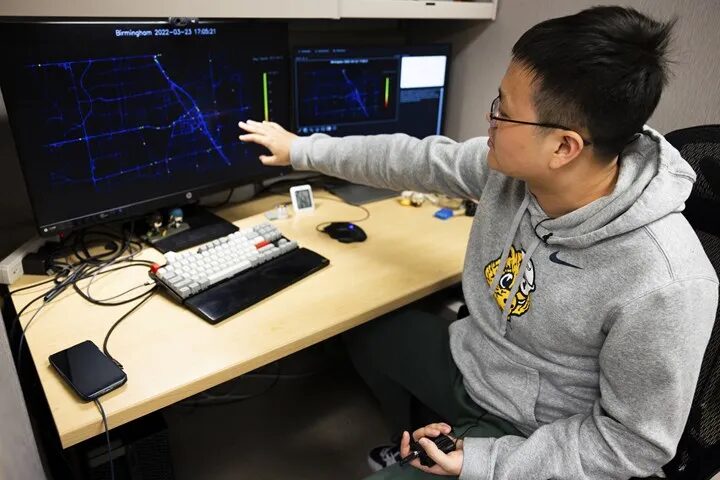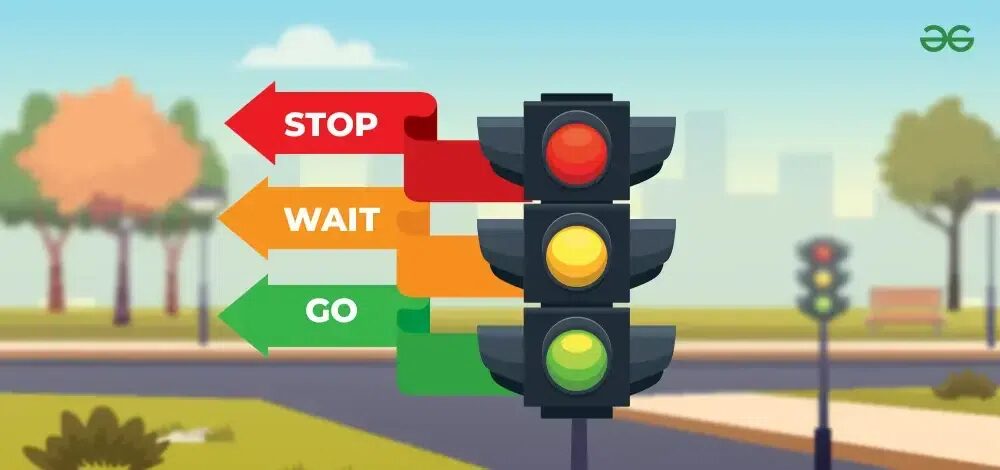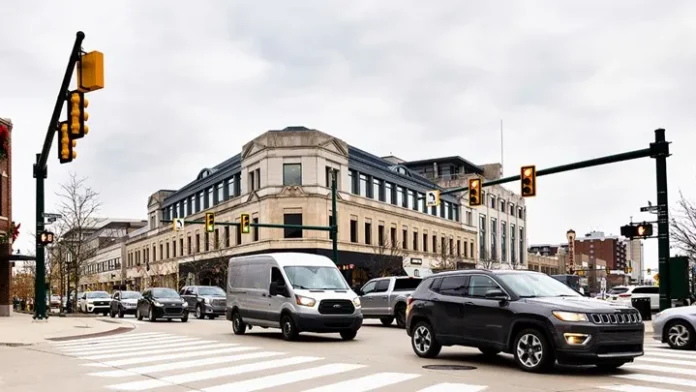As smart and autonomous vehicles continue to proliferate, there is a growing discussion about replacing traditional traffic lights and adding a new color, such as “white,” to the system.
Traffic lights have been a staple of our roads for over a century, functioning reliably with their familiar red, yellow, and green signals. However, researchers suggest that with the widespread adoption of smart and autonomous vehicles, significant changes may be on the horizon. According to reports, a fourth light, likely white, could be added to traffic signals to indicate when there are a sufficient number of autonomous vehicles on the road to take over responsibility and guide the way.

The team led by engineering professor Ali Hajbabaie at North Carolina State University proposes this approach as an alternative to replacing current traffic signals. In this system, the white light would signify that you should follow the vehicle ahead, assuming it is autonomous.
For such an approach to be effective, researchers suggest that 40% to 50% of vehicles on the road would need to be autonomous. Therefore, it may be several years before this approach becomes feasible.

Meanwhile, another research initiative by Michigan University explores a different approach to traffic lights. Using speed and location data from General Motors vehicles in the Detroit suburb of Birmingham, researchers conducted a pilot program to adjust the timing of traffic lights. While this Michigan study does not focus on fully autonomous vehicles but rather on vehicles with drivers, it could be implemented on a broader scale in the near future.

Even with only 6% of vehicles in Birmingham connected to the GM system, researchers believe there is enough data to adjust traffic light timing and improve traffic flow. The beauty of this method is that it requires no infrastructure changes or new installations since the data comes from the vehicles themselves. Leveraging this data for traffic light timing adjustments could significantly enhance traffic management without major investments in infrastructure.

